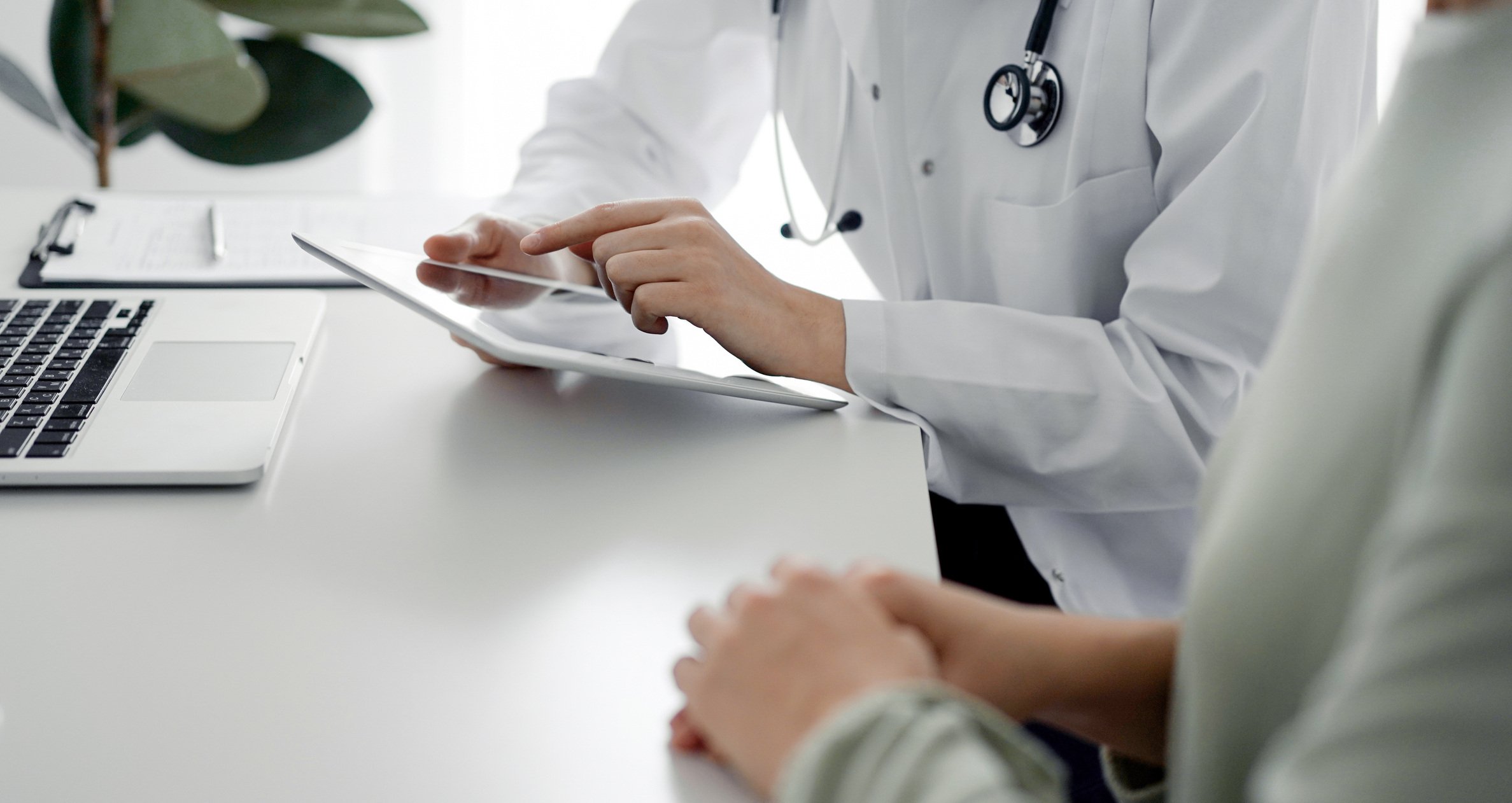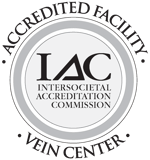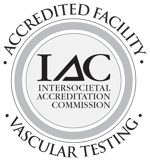Varicose vein treatment can alleviate discomfort, prevent progression of vein disease and improve the appearance of your legs.
If you're considering vein treatment or have already scheduled your procedure, you may have questions about recovery and what to expect afterward . Here are answers to some commonly asked questions.
1. How soon can I resume normal activities after varicose vein treatment?
Varicose vein treatment performed in the office under local anesthesia is an “ambulatory” procedure. Meaning, you will be able to walk and go up and down stairs on the day of your procedure. In fact, walking is encouraged after a vein ablation procedure. If you had veins surgically removed, you should avoid excessive walking on the day of your procedure and elevate your leg when not walking. Most individuals return to light activities, like office work or household tasks, within 1-2 days. For more strenuous activities, such as heavy lifting or vigorous exercise, it's best to wait 1-2 weeks or follow your doctor’s specific recommendations.
2. When can I drive again after treatment?
Driving is generally not permitted for 24 hours after treatment due to the effects of local anesthesia or sedatives. For more invasive procedures, such as surgical phlebectomy, you may need to wait longer — typically a couple days — until you feel comfortable operating a vehicle and can brake safely. Always consult your doctor to determine when it is safe for you to drive.
3. Will I need to wear compression stockings after treatment?
Yes, compression stockings are essential to your recovery. They help improve circulation, reduce swelling, and promote healing. Most patients are advised to wear them daily for 1-2 weeks following the procedure, but your doctor will provide specific instructions based on your condition.
4. Can I shower after varicose vein treatment?
You should avoid showering for the first 24 hours to keep the incision sites dry. Afterward, you can shower, but avoid soaking the treated area in bathtubs, pools, or hot tubs until cleared by your doctor.
5. Is it normal to feel pain or discomfort after treatment?
Mild discomfort, bruising, or swelling is common after varicose vein treatment. Over-the-counter pain relievers like acetaminophen (Tylenol and ibuprofen (Motrin) are recommended. In general, you can take whatever you would normally take for a headache. If you experience severe pain, redness, or unusual swelling, contact your doctor immediately.
6. How long will it take for my legs to heal completely?
Healing times vary depending on the type of procedure. Minimally invasive treatments like endovenous ablation or ambulatory phlebectomy typically have shorter recovery periods, with most patients noticing significant improvements within 1-2 weeks.
7. Will I need a follow-up appointment after treatment?
Yes, follow-up appointments are essential to ensure proper healing and to confirm the success of the procedure via an ultrasound. Your doctor will monitor your progress and provide additional guidance if needed.
8. What should I do if I notice discoloration or other changes in my skin?
Skin discoloration or bruising is a common side effect of varicose vein treatment and typically resolves within a few weeks. If discoloration persists or you notice signs of infection, such as redness, warmth, or discharge, contact your doctor promptly.
9. How can I prevent new varicose veins from forming?
While treatment eliminates or removes existing varicose veins, it doesn’t prevent new ones from developing. Maintaining a healthy weight, staying active, avoiding prolonged sitting or standing, and wearing compression stockings as recommended can help reduce your risk of recurrence.
Recovering from varicose vein treatment doesn’t have to be daunting. By following your doctor’s post-operative instructions and staying informed, you can get back to your everyday life quickly and comfortably.
If you have additional questions or concerns, contact the Vein Institute of New Jersey for personalized care and guidance.









.jpg?width=944&name=Castle-Connolly-Top-Doctors-Emblem-Large%20(4).jpg)